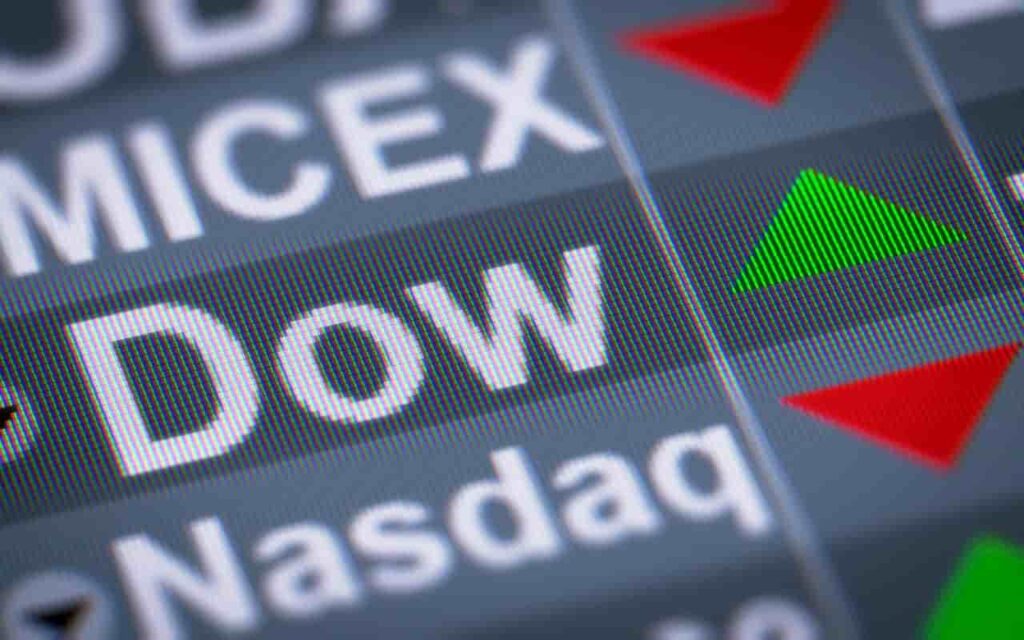Summary
⚈ Historically, the indicator predicts ~25% gains within 11 months.
⚈ Trade war uncertainty may still derail the bullish momentum.
For most investors, fear has been the dominant emotion throughout much of 2025, as the stock market suffered a series of severe drops, tariff uncertainty prevailed, and talk emerged that a recession had already started.
The penultimate week of April saw a rapid change in the situation. After a bloody Monday, the U.S. stock market enjoyed a series of green days, which, in turn, led the Zweig Market Breadth Thrust to flash for the first time since 2023.
The indicator, developed by advisor, analyst, and investor Martin Zweig, divides a 10-day moving average of advancing stocks by the sum of declining and advancing stocks to get a percentage value. The bull signal flashes when said value drops below 40% and then soars above 61.5% in 10 days or less.
How much could the stock market rally in 2025?
Historically, the indicator has been a strong harbinger of bull markets to come, with Zweig himself claiming that, on average, the stock market rallies approximately 24.6% within 11 months. Should the latest flash lead to such an outcome, the S&P 500 can be expected to rally to 6,834.02 points by March 2026.
Looking at the most recent example – the November 2023 flash of the indicator – the S&P 500 gained about 30% within 11 months, and 2024 was indeed a strong bull market, despite fears of an inflation and interest rate-induced recession.
Still, beyond technical analysis (TA), the situation in the stock market remains fraught, and external factors may invalidate the otherwise reliable indicator.
Will the bullish signal be invalidated in 2025?
So far, market movements have been guided by the developments in President Donald Trump’s trade war. For example, one of the biggest drops of the year was directly due to the Liberation Day announcement. Similarly, the subsequent strong rally was triggered by the Administration’s decision to pause reciprocal tariff implementation for 90 days.
Similarly, the April 21 plunge stemmed from a notable lack of progress in trade negotiations. In contrast, the subsequent multi-day rally – the one that led to the Zweig Market Breadth Thrust signal – occurred due to reports that progress was being made in talks with countries such as China and South Korea.
By press time on April 25, the supposed negotiations have yet to bear tangible fruit.
Featured image via Shutterstock







